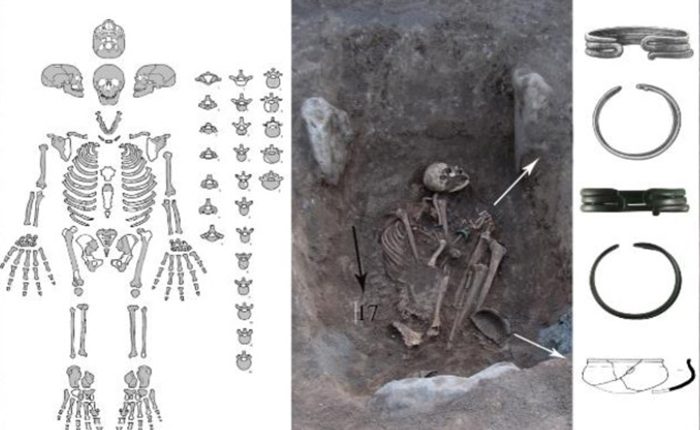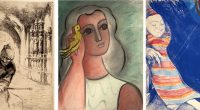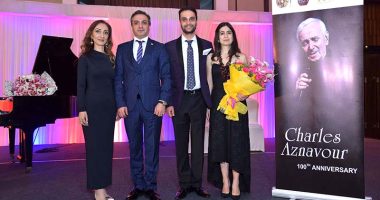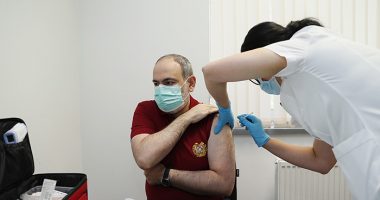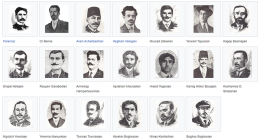YEREVAN (Armradio) — Archaeologists have discovered in Armenian Highlands, the grave of a woman who seemed to live as a professional warrior and was buried as an individual of rank.
In a study published by the International Journal of Osteoarchaeology, a group of Armenian researchers led by Anahit Khudaverdyan of the National Academy of Sciences of the Republic of Armenia detail their study of a skeleton from the Bover I necropolis in Lori Province.
The paper focuses on the traumas in the craniological material found at the burial site. The number of skeletal fractures (one antemortem and three perimortem) emphasizes the fact that for this Early Armenian female from Bover I interpersonal violence was an ever-present aspect of life.
Discovered in 2017, the skeleton was buried in a flexed manner with ceramic vessels and jewelry.
The study first reported by Forbes suggests that this individual belonged to the Early Armenian period of the 8th-6th century BC, and was a young female, based on morphological characteristics of the skull and pelvis, appx. 20 to 29 years old based on dental wear, stage of fusion of the cranial sutures, auricular surface morphology scoring system.
Despite the gracile skeleton, the muscular attachments were strong, indicating considerable work activity. Both upper limbs were mechanically loaded (physical stress). The pectoralis major and deltoid muscles had been used in flexing and adducting the hand (at the shoulder) and drawing the bow via the chest (medial rotation). Several traumatic events left their signs on the bones.
In addition to her muscular frame, an iron arrowhead was discovered embedded in the woman’s left knee, an injury that had healed long before her death. Khudaverdyan and colleagues think that the bow and arrow used to cause this injury were home-made weapons frequently used for war or hunting.
Three other injuries to her skeleton appear to have been caused around the time of her death, and likely contributed to it. Her left hip and right thigh bore chop marks, while her left lower leg had been stabbed.
“The sheer number of injuries emphasizes the fact that for this Early Armenian female from Bover I, interpersonal violence was an ever-present aspect of life,” the archaeologists write.
Warrior graves elsewhere in the Armenian highlands present similar skeletal evidence. The archaeologists point out that at the site of Qarashamb, there are at least five male warrior burials. But this burial from Bover I is one of the few examples of a likely female warrior, in spite of the fact that women and men in this culture were known to have fought together.
The researchers believe that this kind of female warrior may have been the basis for the ancient Greek tale of the Amazons.

